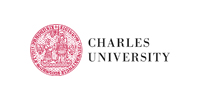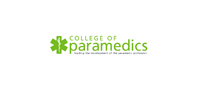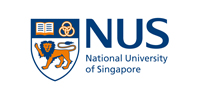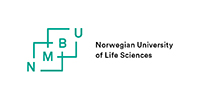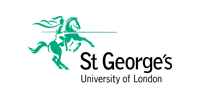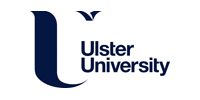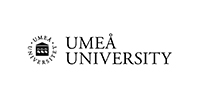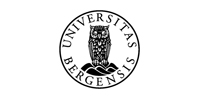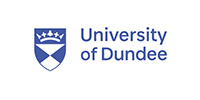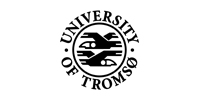This examination is performed for directions in which symptoms of pathology were encountered during the active movement examination, or if hypermobility or a mild muscle/tendon lesion is suspected. This passive function examination is characterised by the patient not having to undertake any muscle activity. This allows the examiner to perform certain movements on the patient.
In practice, many patients find it difficult to completely relax. This examination can be improved by creating an initial situation that is as relaxed as possible for both the examiner and the patient.
- Adopt a comfortable posture.
- Grip is pleasant and remains correct, only touching the joint to be examined.
- Other joints that could make a compensatory movement should be stabilised.
- The movement is performed gently and with little force; the patient should always feel that they can take over the control of the movement.
If the examination is performed in this manner, the patient’s confidence in the examiner will increase and it will be easier for the patient to relax.
During the passive movement examination, pay attention to the following aspects:
- The maximum range of motion (physiological or limited, e.g. in the case of a contracture).
- The course of the movement (smooth or disrupted, e.g. a locking in the case of a trapped meniscus).
- Recurrence of pain.
- Active muscular resistance (antalgic) – the passive examination is then no longer passive.
- Crepitations, crunching, cracking.
- Left/right differences.
Therefore, this part of the functional examination only concerns the non-contracting structures of the musculoskeletal system (ligaments, capsules, discs, menisci).
Additionally, the length of separate muscles or muscle groups is assessed so that a possible contracture (shortening of the muscle) can be detected. Descriptions of these muscle length tests can be found in various textbooks.


